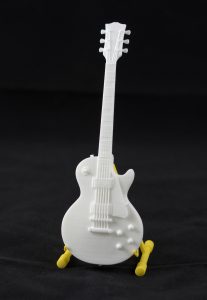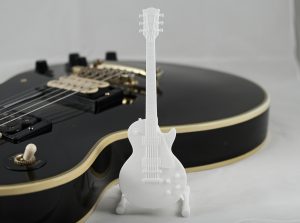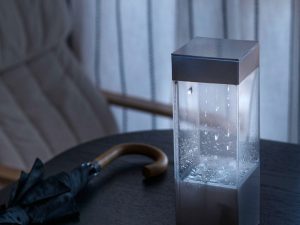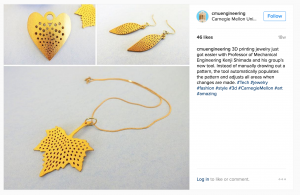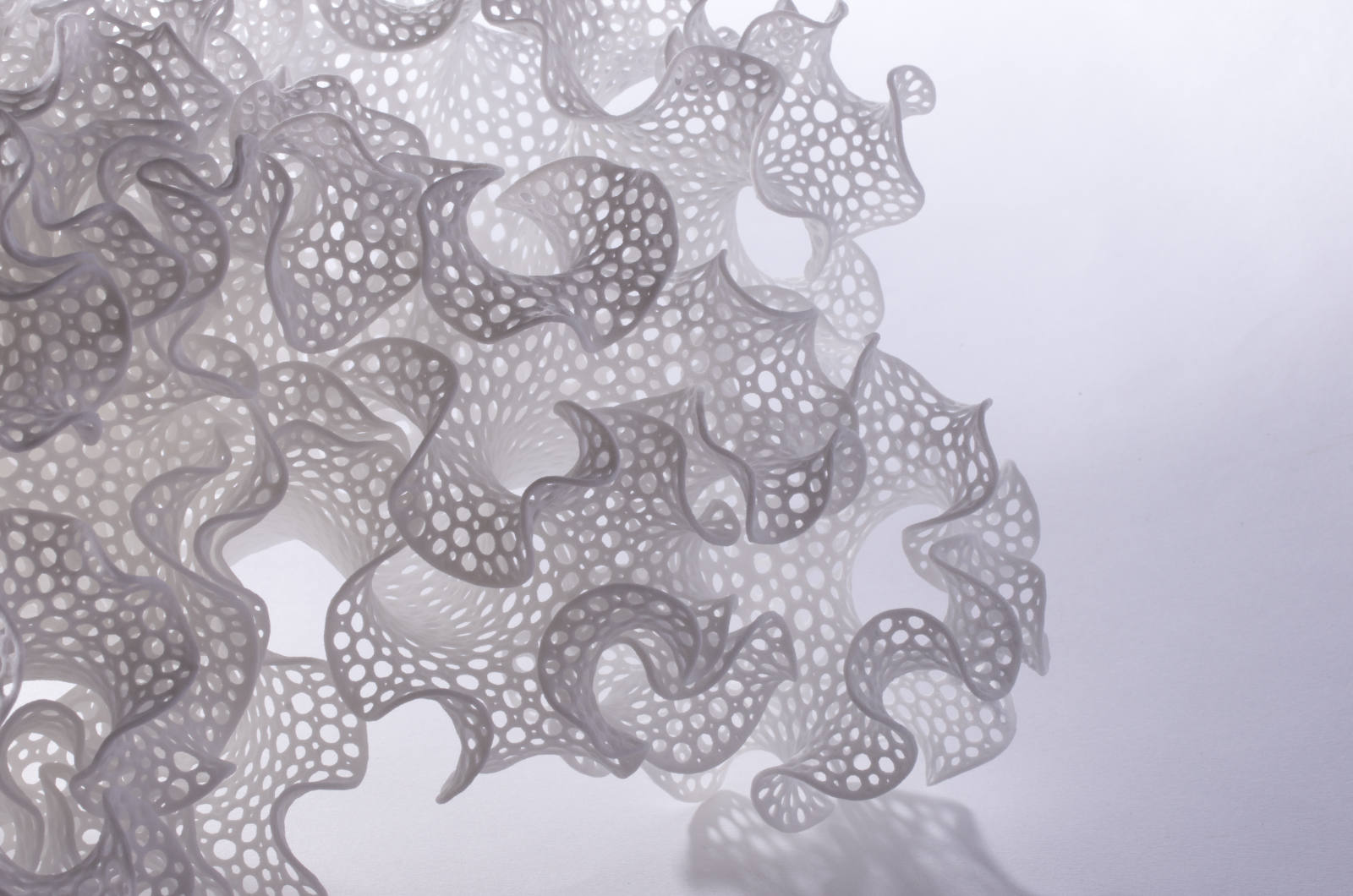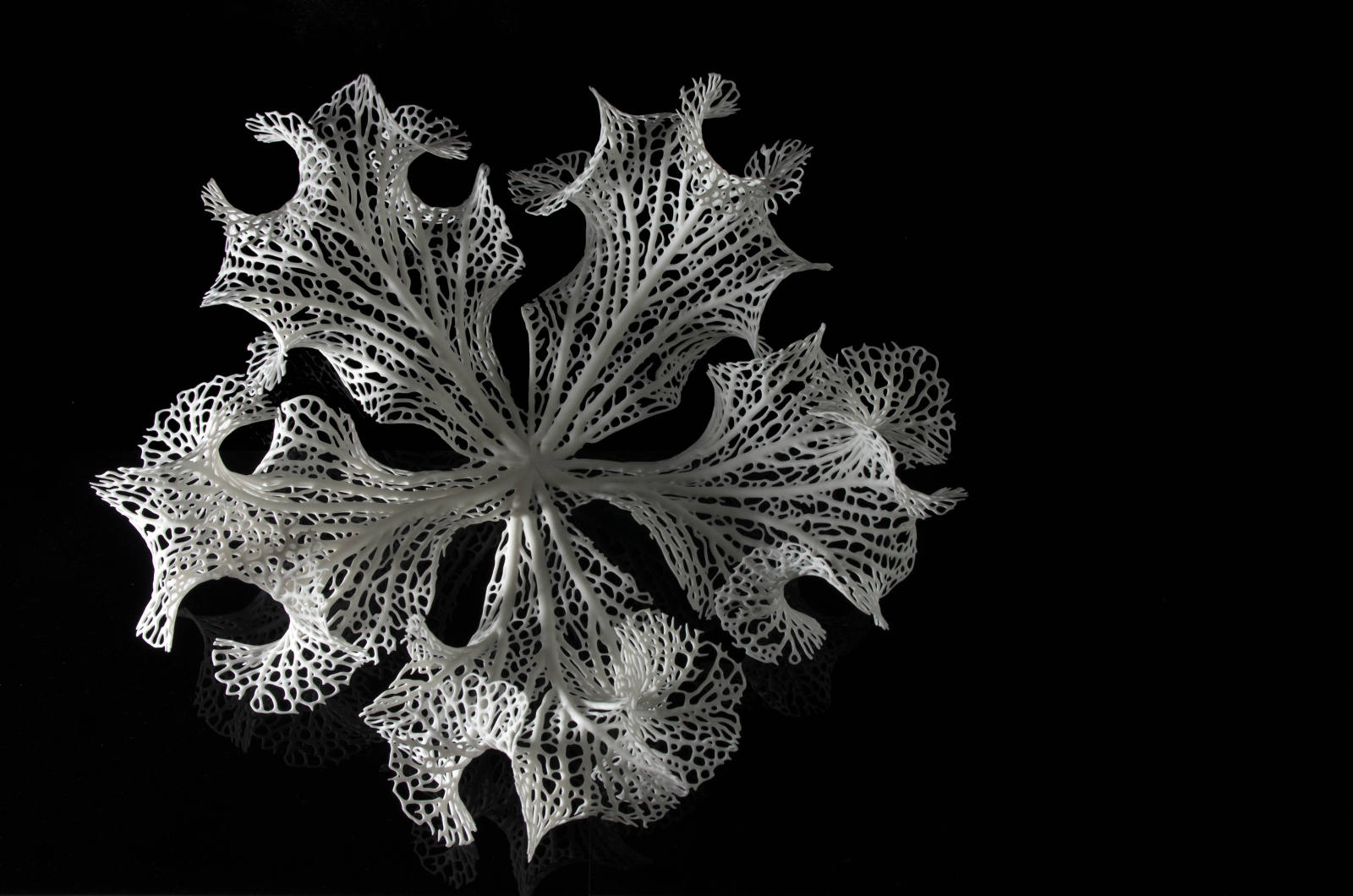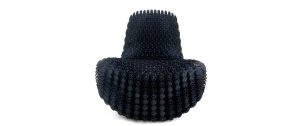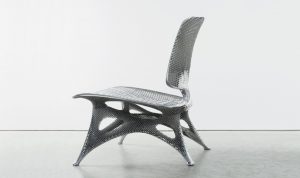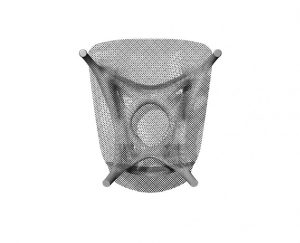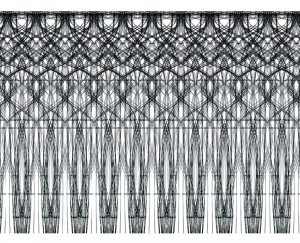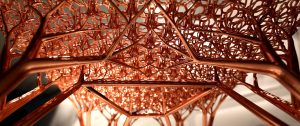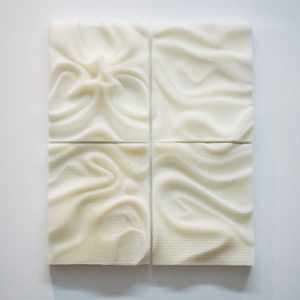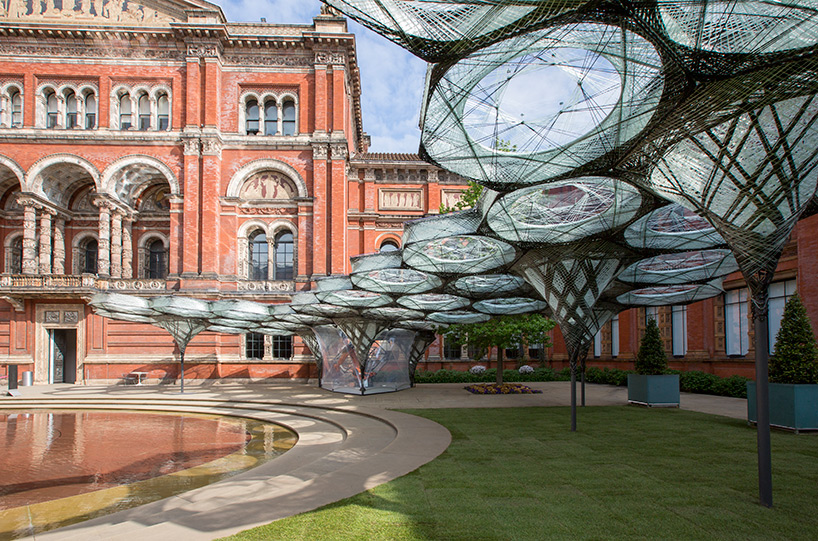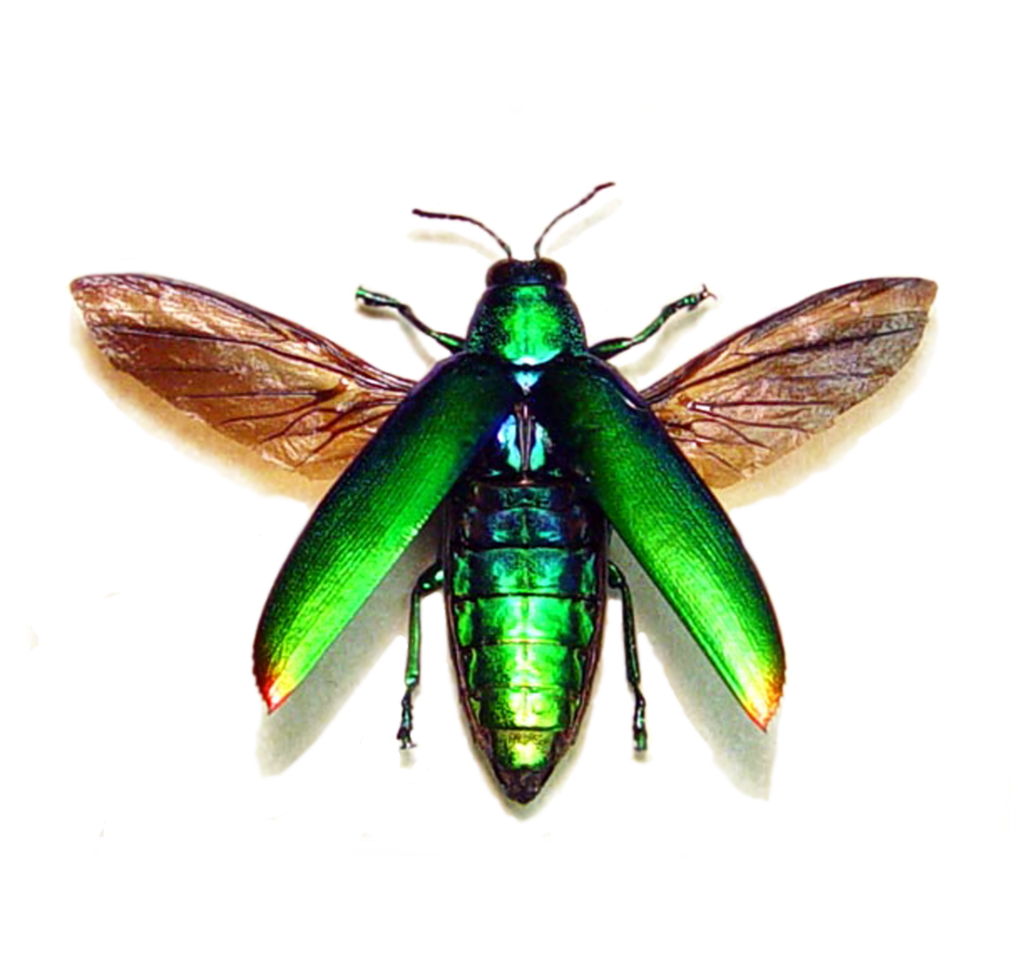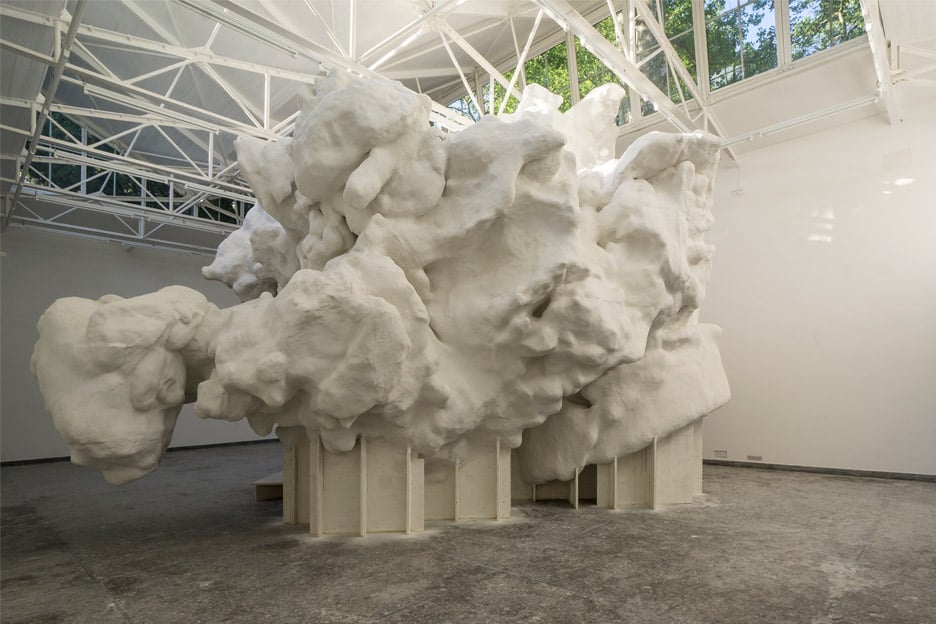The project “A Unified Approach to Grown Structures” by MIT Media Lab interests me a lot. It utilizes computational approach and associated protocol to imitate growth-a natural process. I admire this a lot because it reminds people of a neglected truth that growth is achieved by duplication of cells and mutations. And also it challenges the definition of life–if life can be artificial? Is life developed randomly? The growth procedure is essentially a deformation and iteration. The initial geometric representation is deformed by data from geometric input representation(phenotype), intermediate representation(genotype) and a coarse implicit representation(developed from two previous representations). As the input representation changes, the deformation is repeated.
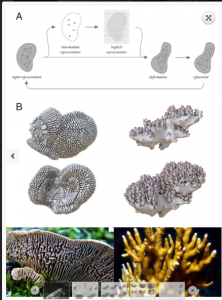
A Unified Approach to Grown Structures by MIT Media Lab
![[OLD – FALL 2016] 15-104 • COMPUTING for CREATIVE PRACTICE](../../../../wp-content/uploads/2020/08/stop-banner.png)
